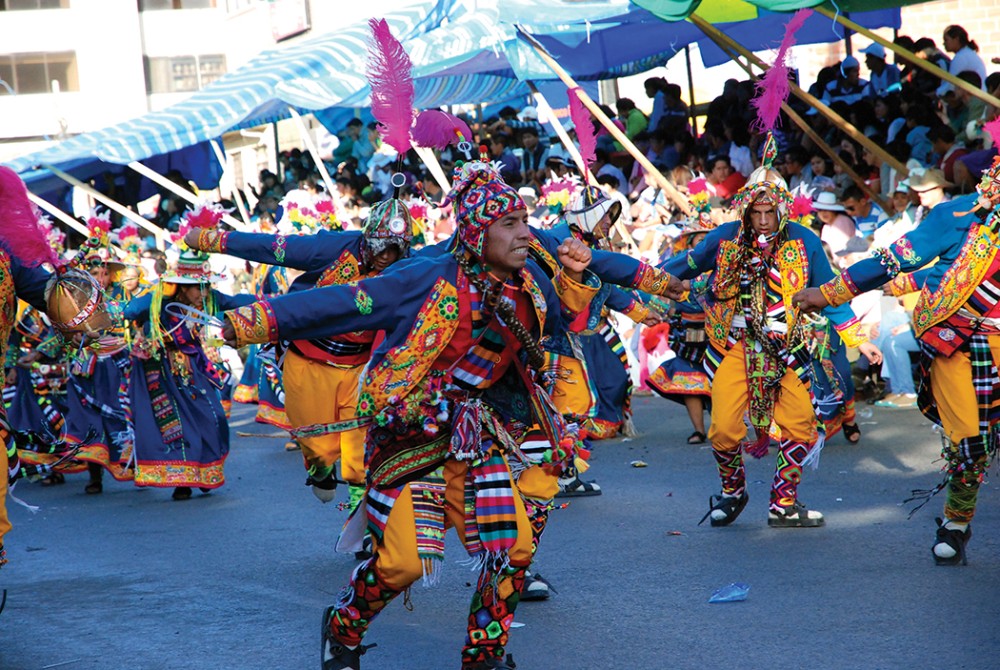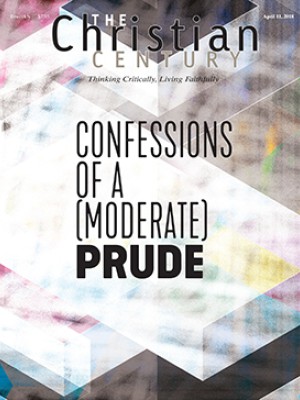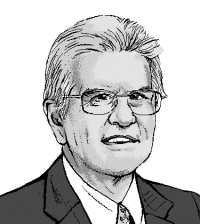The distinctive faith of South America's Quechua Catholics
Ten million people still speak the language of the Inca empire and identify with its culture. Most of them are Christians.

Accounts of the European encounter with the New World in the 16th century usually focus on the Spanish conquest of the Aztec kingdom in Mexico. We easily forget that the largest state in the Western hemisphere at this time was the Inca empire based in what is now called Peru, which the Spanish conquered in the 1530s. Along with Mexico City, Lima was the mighty center of Hapsburg imperial rule in the New World.
Although Western conquistadors annexed the Inca realm, its peoples were neither destroyed nor scattered, and they continue to flourish today. They also retain many ancient beliefs, in ways that raise questions about the definitions of faith and the limits of Christian orthodoxy.
Read our latest issue or browse back issues.
The Inca empire used the Quechua language, which is still widely spoken in Bolivia, Peru, and Ecuador. Many millions in those countries claim some descent from those ancient peoples, but some 10 million identify principally as Quechua and follow its culture. (The related Aymara people are about 2 million strong.) The great majority of these people define themselves as staunchly Catholic, although Pentecostal and evangelical Christianity have made major inroads in recent decades. Catholic believers were delighted when Pope Francis used a Quechua greeting on his 2015 visit to Bolivia.
But aspects of this native Catholicism are controversial. Across Latin America, traces of older religions often survived within the Catholic framework. Old gods reemerged as Christian saints, with the appropriate feast days and ritual calendar, much as occurred in medieval Europe. Such legacies from older Andean religions are particularly strong among the Quechua. Older deities have conspicuously been repurposed as Christian saints, and traditional animistic beliefs dominate local attitudes to sacred places. As in ancient times, the awe-inspiring Andean mountain peaks are reportedly the homes of powerful spiritual lords or apus. The midsummer Inca festival of the sun, Inti Raymi, continues today as a celebration of Corpus Christi, when saints’ statues are paraded through the streets.
Quechua people highly venerate the Virgin Mary, but in ways that clearly indicate her identity with the mighty Andean mother goddess Pachamama. That identification is clear in Bolivia’s spectacular Festival of the Virgin of Urkupiña, which attracts half a million devotees to Quillacollo for three days each August. Notionally, Urkupiña commemorates a Marian apparition to a Quechua shepherd girl in the 18th century. The site’s name reflects the words that the girl used to declare the presence of the great lady, Ork'hopiña!, or “She’s already on the mountain!” That does make us wonder exactly which “she” was already present, Pachamama or Mary. The festival’s rituals, dancing, costumes, and pageantry indicate pre-Christian origins, and the festivity culminates in a procession to a long-sacred mountain. Apart from the public rituals, believers make votive offerings to secure divine blessings and boons for the coming year.
Not only is Quechua religion distinctive, but it retains older ideas and practices in remarkably systematic ways, complete with an underlying philosophy. This is not just a matter of some incidental ideas or costumes persisting after the time of Christian conversion. Quechua belief teaches a whole cosmology, with a complex cycle of ages and worlds, a series of successive worlds and creations. For some observers, the surviving patterns of faith and practice differ so widely from traditional Christian orthodoxies as to require some other religious label altogether. Syncretistic Quechua faith regularly features in discussions of so-called folk Catholicism, alongside the African-derived practices found so widely in Brazil and the Caribbean.
That “folk” label is multiply problematic. As Duke Ellington famously observed, “All music is folk music—I never heard a horse sing a song.” By the same token, it is all but impossible to distinguish folk religion from “real” religion, whether Catholic or otherwise. To speak slightingly of folk Catholicism indicates that a practice or ritual can only be seen as authentic when it is approved by institutions and hierarchies. Historically, churches have usually benefited from taking a tolerant and irenic attitude to popular practices and beliefs, especially in newly converted societies, and that has generally been the Catholic attitude in the Andean world.
However the Quechua synthesis is viewed, its future is far from secure. For some decades, vast numbers of rural dwellers have migrated to cities, sometimes under pressure from terrorism and guerrilla violence. That movement has disrupted many traditional Indian communities, who find it all but impossible to follow the old place-specific customs and rituals in a megacity like Lima. In such centers, ordinary people are much more likely to adhere to newer Pentecostal congregations that demand a sharp break with what preachers denounce as paganism and superstition. After resisting so many pressures from the outside world, the Quechua faith may yield—for better or worse—to a new Reformation.
A version of this article appears in the print edition under the title “Quechua and Catholic.”






